Marjan van Aubel brings solar energy into our daily lives as an award-winning solar designer. By combining the fields of sustainability, design, and technology, she creates for a positive future for us and those to follow.
“When I read the book The Solar Revolution (by Travis Bradford), where it said, that every hour we receive enough sunlight to provide the world with enough energy for an entire year,” Marjan shared. “This was the moment where I realized that there is work to be done, as we are not making enough use of this potential.”
The innovator’s goal is to ultimately make solar power more accessible to the masses. Marjan has already created lasting change through solar design by seamlessly integrating solar power into the buildings and objects that surround us every day. Up until this point in her career, the most noteworthy projects are Sunne, Current Table, Power Plant, and the roof of the Netherlands Pavilion at the World Expo 2020 in Dubai. We know there’s even more to come.
Marjan has had many opportunities to collaborate with global brands, such as Cos, Timberland, and Swarovski with the aim of accelerating each’s global energy transition to solar. Her work is part of permanent collections at MoMA, Victoria and Albert Museum, Vitra Design Museum, Boijmans van Beuningen Museum, Stedelijk Museum, and The Montreal Museum of Art and the National Gallery of Victoria. Marjan has also received numerous awards, including the Wallpaper Life Enhancement Award in 2022.
Today, we’re happy to have Marjan van Aubel join us for Friday Five!
1. SunTex
SunTex weaves organic photovoltaics, or thin-film solar panels, directly into the textile. In that way, it becomes almost like a hybrid material. On one hand, solar technology can be expanded through textile qualities, and on the other hand, the properties of textile can be expanded by the energy that it generates.
2. Lightyear
Lightyear is developing the world’s first four wheel drive car powered entirely by solar energy. One of the company’s goals is to build efficient long-range solar electric vehicles based on a holistic design philosophy that allow users the freedom to drive anywhere.
3. Solar Ballerinas
Artist Benoît Maubrey created the first solar-powered tutu in 1989 for the Les Arts au Soleil festival in Lille, France. His Solar Ballerinas wore flexible polycarbonate tutus containing solar cells and their associated electronics, as well as speakers, circuit boards, microphone jacks, and amplifiers. Able to pick up noises from the environment, the portable instruments allowed the dancers to alter the emitted sound with their movements and position in relation to the sun.
4. Solar
In the future, a building will be considered broken if it doesn’t generate its own energy. How will the cities of the future look when every surface harvests energy from the sun? Solar will become a building block, a material to work with. Unlike a facade or superficial addition, it will be treated like a brick – something essential and part of the building’s assembly. While this may sound like a utopian future, building integrated photovoltaics (BIPVs) are already a reality. In collaboration with Solar Visuals, Ateliers Jean Nouvel has designed a golden façade that actively generates power for a project in Paris, for example. Located in the 13th arrondissement, Tours Duo comprises two high-rises – one reaches 180m and the other is 125m tall – and will be completed in 2023.
5. Little Sun
A project initiated by artist Olafur Eliasson and engineer Frederik Ottesen, Little Sun began in 2012 as a small portable solar lamp for people living without electricity, but has grown to become a symbol of our connection to the sun. Little Sun’s aim is to raise funds to deliver solar energy – a clean alternative to toxic and expensive fuel-based lighting – to those without electricity, particularly in Sub-Saharan Africa. With a capacity of 0.5 watts for the solar panel and LED, Little Sun makes use of the minimum amount of solar energy required for a working tool. The design is based on the Ethiopian Meskel flower.
Work by Marjan van Aubel:
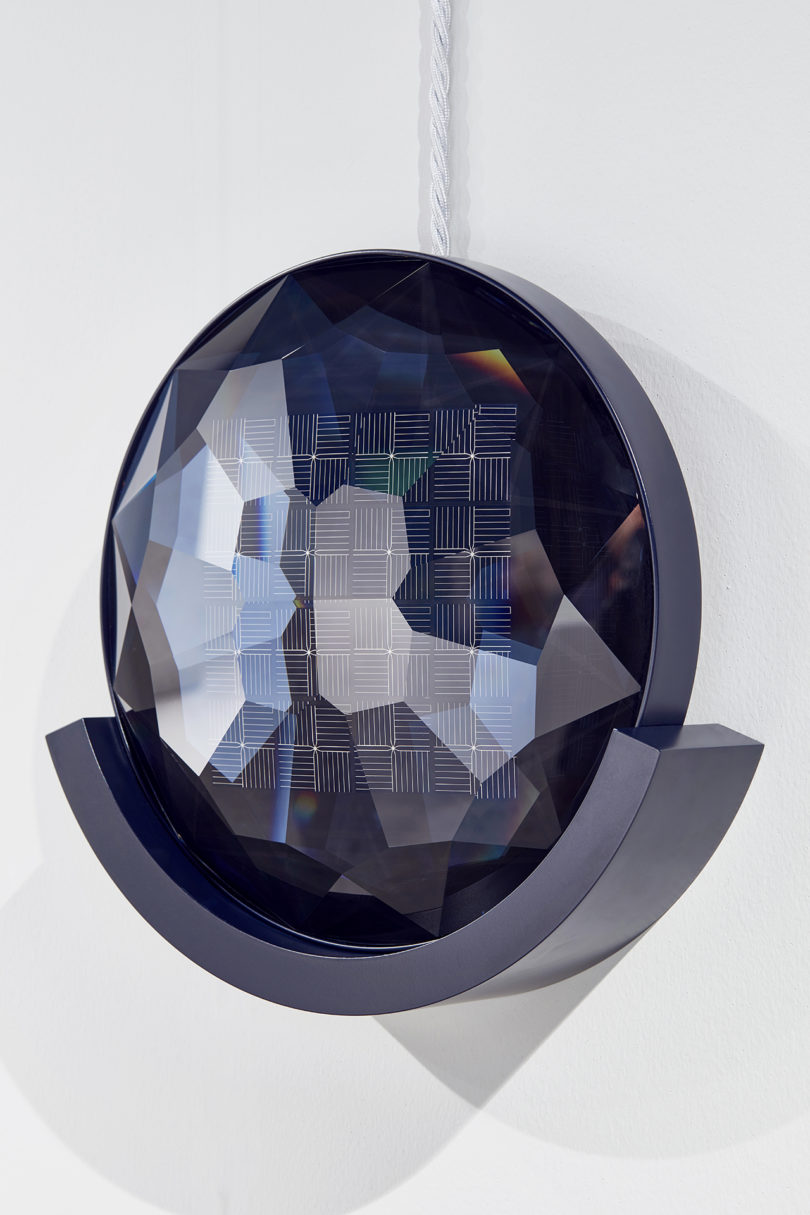
Cyanometer is a light installation that uses crystals to make solar cells more efficient. A portable solar crystal harvests light during daylight hours. Once placed into a docking station, it powers a light installation that offers the sensation of “taking the sky indoors”. The stones used for the ring-shaped installation are opals, which scatter the light in the same way that the sky does. The more light the solar crystals receive in the daytime, the more intensely the installation will illuminate. The efficiency of the photovoltaic (PV) cells in Cyanometer is increased by mounting them behind a crystal that is specifically cut to focus light onto the cells. Taking its name from the 1789 invention used to measure the color of the sky, Cyanometer was created in collaboration with the crystal experts at Swarovski and Design Miami in connection with winning the Designer of the Future 2017 award. The solar cells behind the Swarovski crystals are developed by ECN, the Dutch Energy Centre.
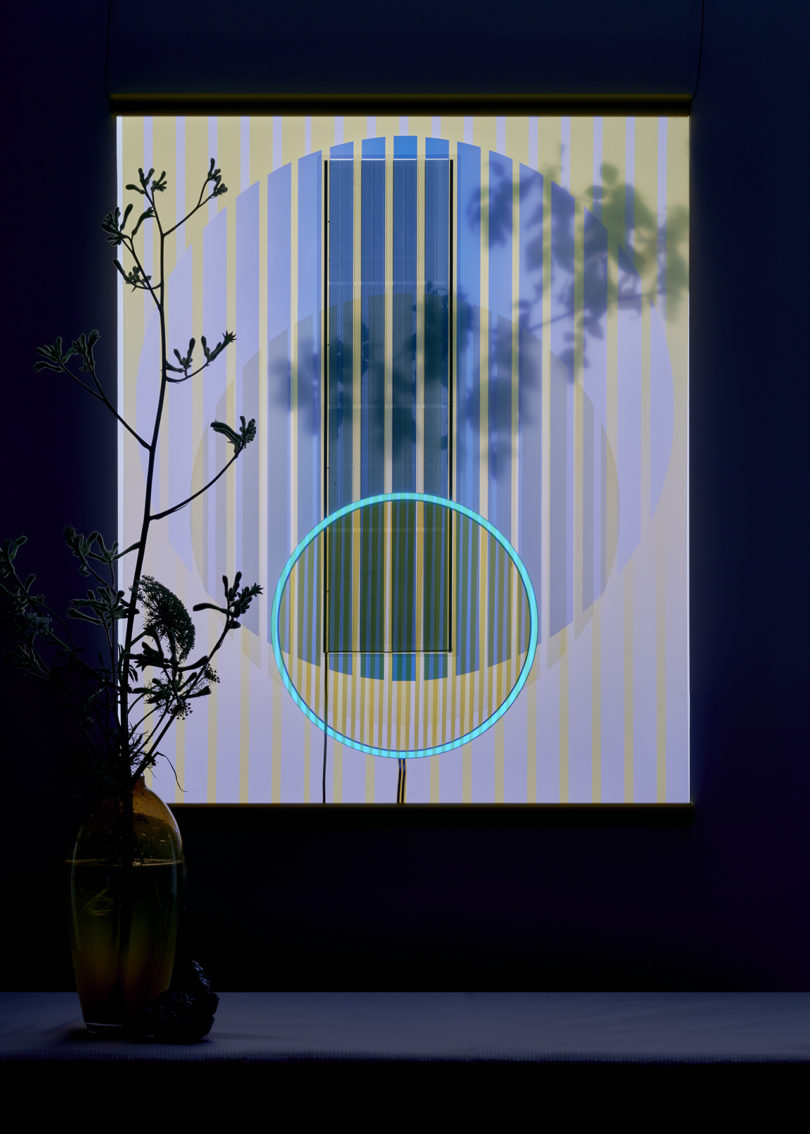
Named for the ancient Egyptian god who was considered to be the sun’s creator, Ra turns solar energy into a form of art. Just as stained glass windows in churches used to tell stories of the past, this series is designed to tell the story of the future: a post-fossil existence that utilizes the power of the sun. Ra uses organic photovoltaics, a third-generation solar technology printed on thin foils and produced in a circular manner. The energy captured by Ra is stored in an integrated battery that powers an electroluminescent paper, making the work less than 1-mm thin. Ra can be hung in a window, where its colors will change throughout the day according to the sun’s position. The bright graphic patterns create a moiré effect that casts vivid colored shadows into the interior. In the evening, a glowing ring displays its captured energy in the form of light. \\\ Photo: Pim Top
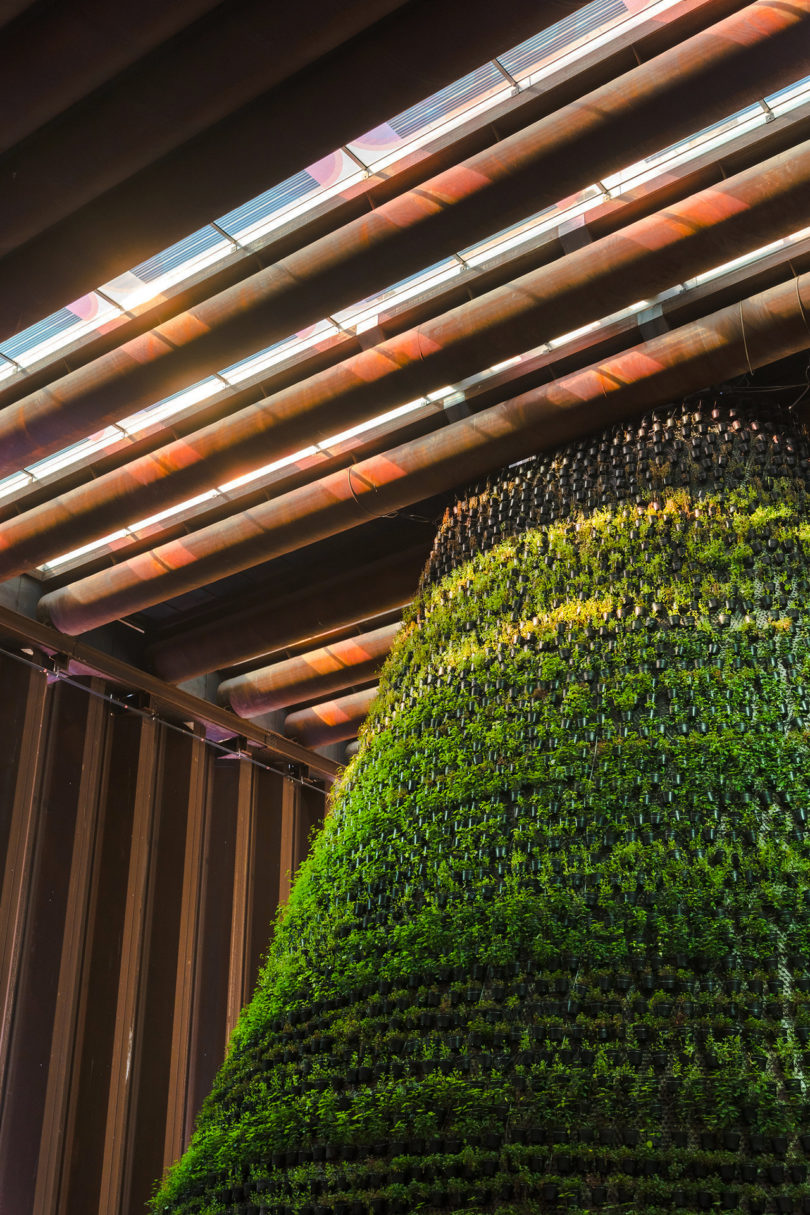
Dutch Pavilion. Combining technology, aesthetics, and sustainable materials, the solar panels of the future were featured on the roof of the Netherlands pavilion during Expo 2020 Dubai. The installation comprised skylights made of lightweight organic transparent solar cells (OPVs), which are circular and composed of nontoxic materials. V8 Architects designed The Netherlands Pavilion – also known as The Dutch Biotope – as a temporary circular climate system where energy, water, and food solutions interconnect. The unique solar panels collect energy from the Dubai sun to power the pavilion. At the same time, they let sunlight into the interior and filter the right spectrum of light required by the edible plants on the food cone for photosynthesis. This use of solar panels proves that they can be beautiful and a form of art while collecting energy. The vibrant patterns – a colored moiré effect – were designed specifically for the project. Featuring lines and patterns that interacted with one another, they produced dynamic light reflections inside the pavilion. Designed to be easily disassembled and reassembled, the panels received a second life after Expo 2020 Dubai. Instead of just seeing solar as a technology, the project uses the power of design to give solar emotional value and to make solar energy accessible for everyone, everywhere. \\\ Photo: Dutch Dubai
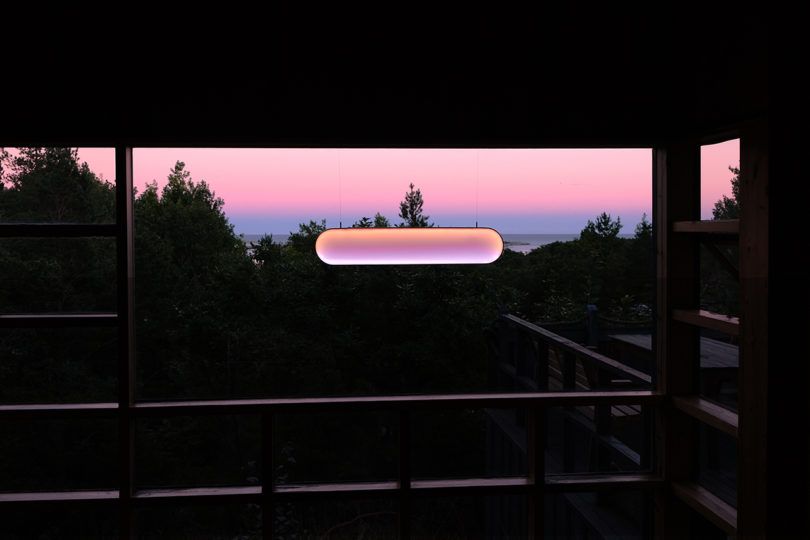
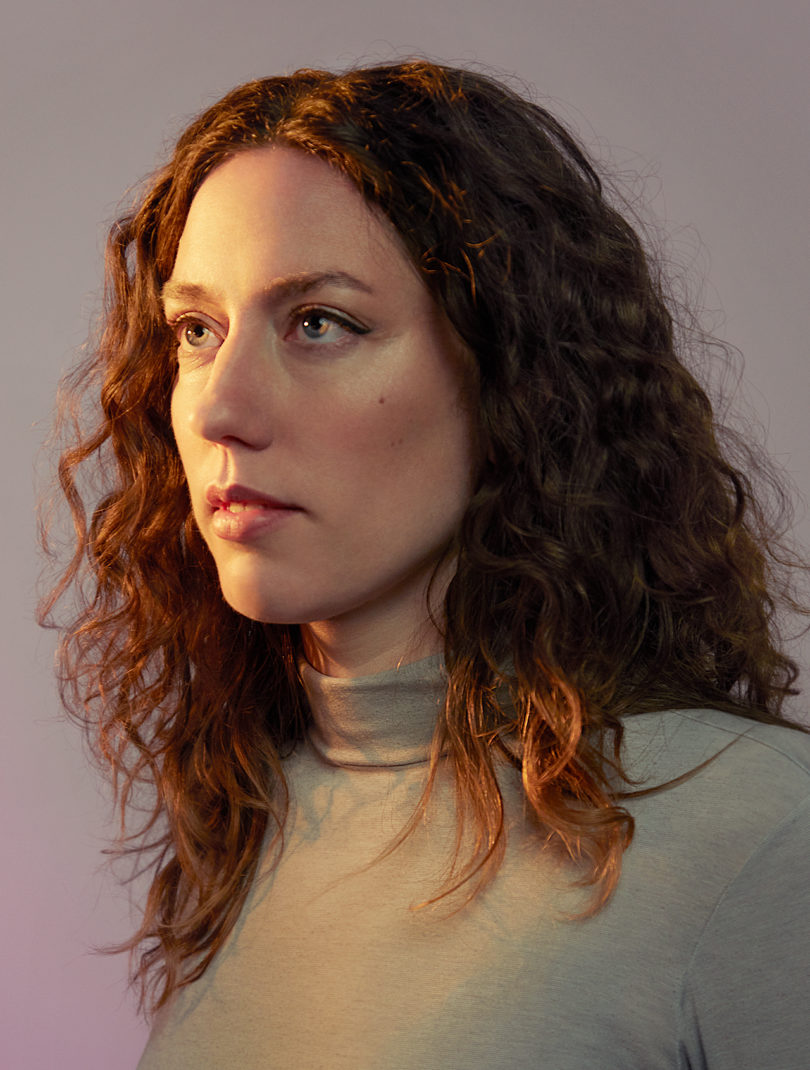
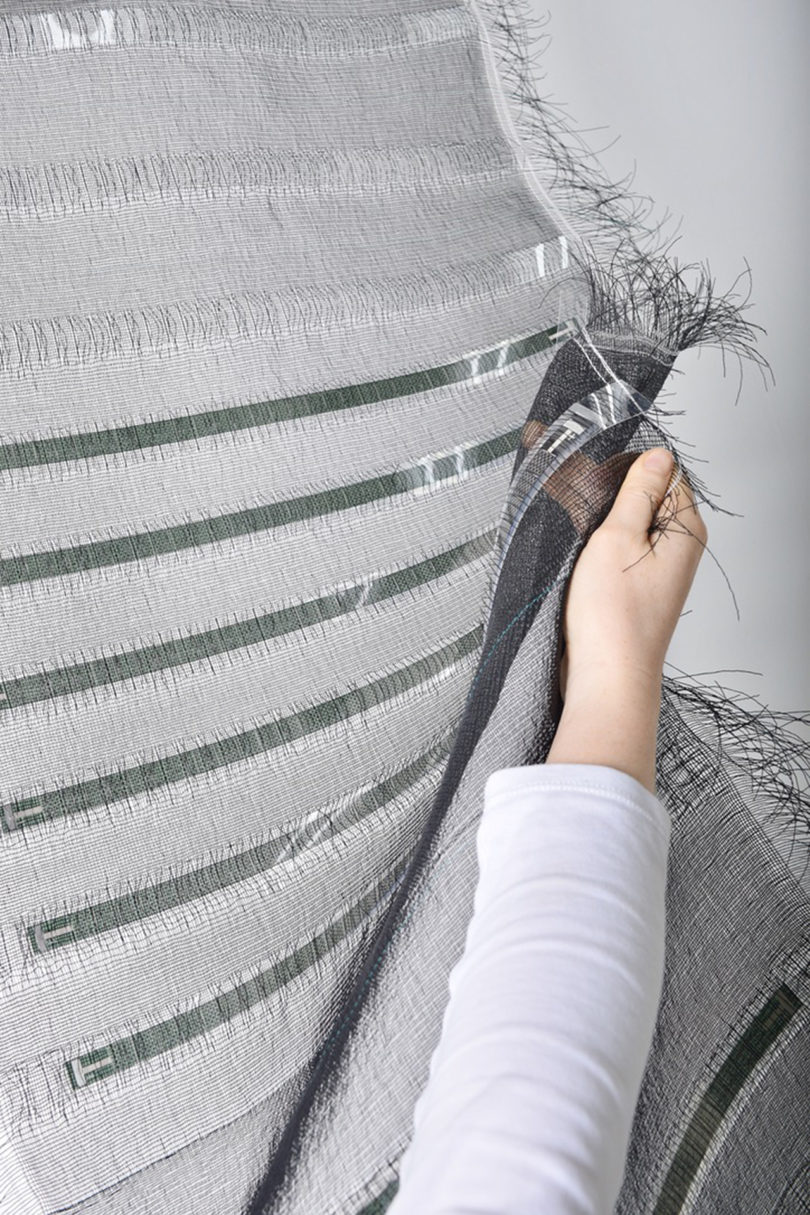
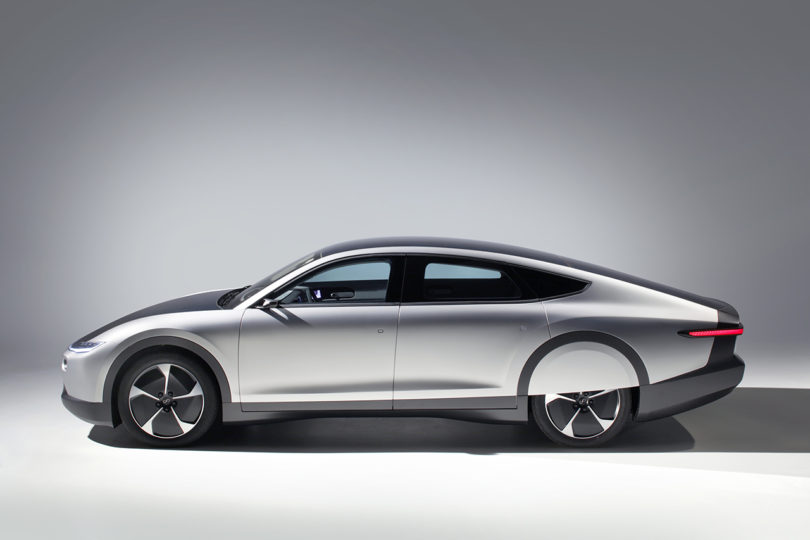
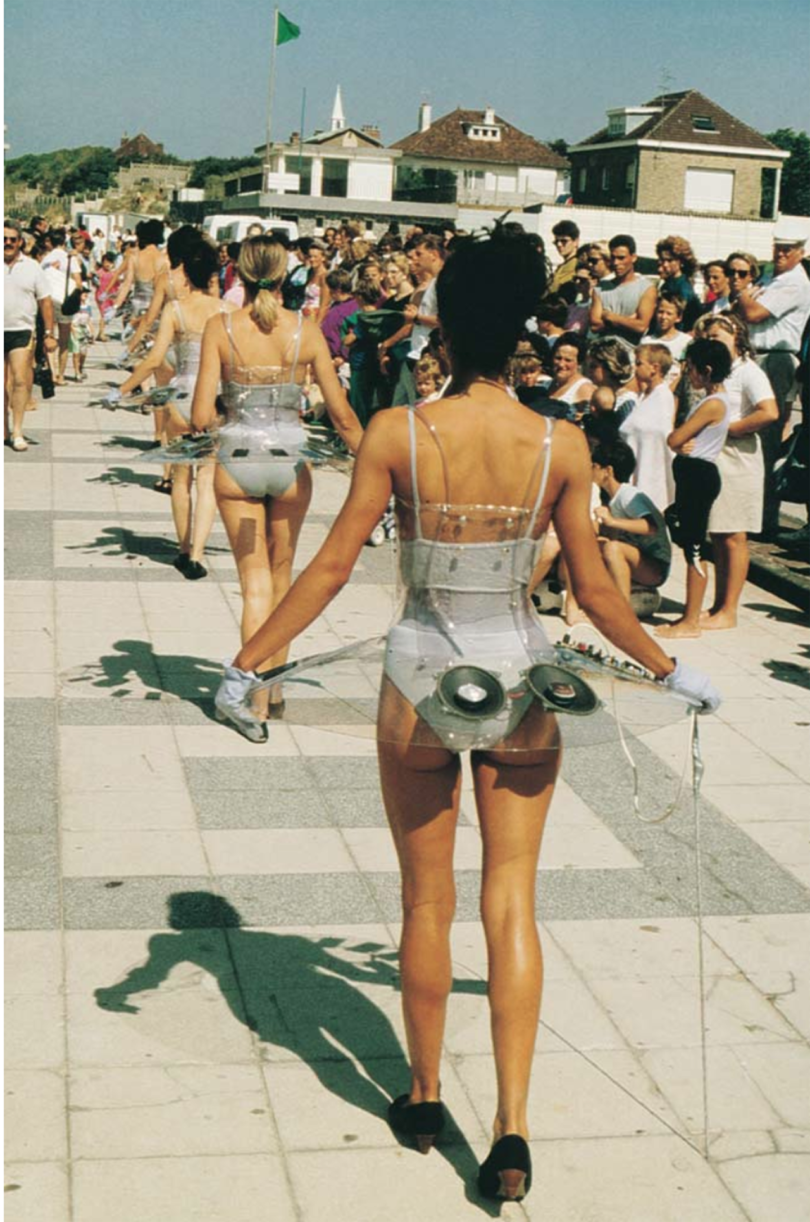
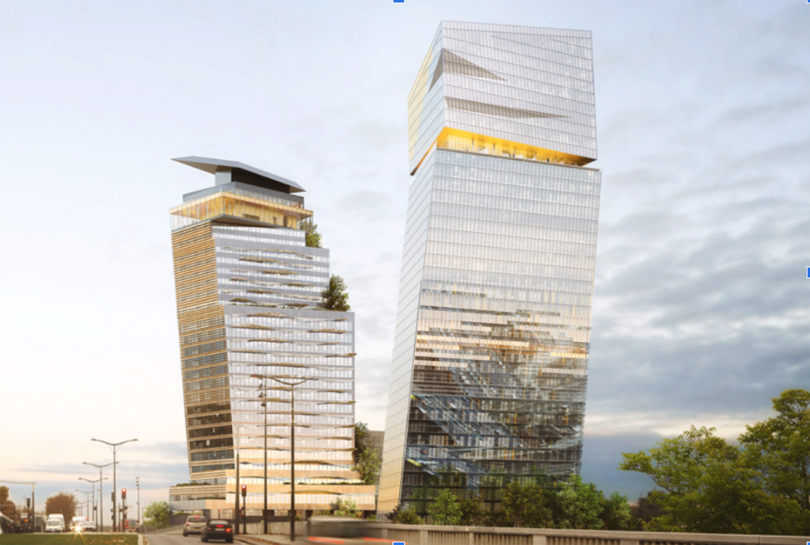


No comments:
Post a Comment